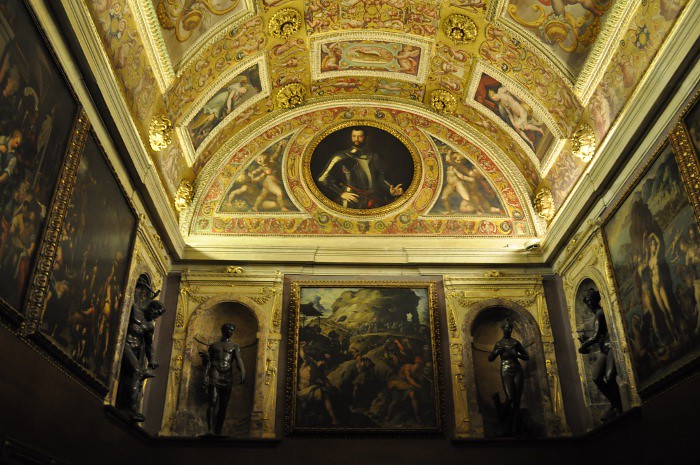
Francesco I
The Studiolo of Francesco I de’ Medici, Grand Duke of Tuscany from 1574 to 1613, is a small room in Palazzo Vecchio, Florence. The studiolo, created between 1569-70 by Giorgio Vasari and some of his scholars Giovanni Batista Adriani and Vincenzo Borghini, can be considered as one of the first exemples of cabinet of curiosities, although none of his object is now preserved.
Francesco was totally different from his father Cosimo I, very interested in statecraft and really eased in society. He was naturally introvert, fascinated with the applied sciences and was obsessed with the study of alchemy and medicine; his interests ranged from zoology to geology and metallurgy as well of fine and decorative arts.
***
Lo Studiolo di Francesco I de’ Medici, Gran Duca di Toscana dal 1574 al 1613, è una piccola stanza situata a Palazzo Vecchio a Firenze. Lo Studiolo, creato tra il 1569 e il 1570 da Giorgio Vasari e alcuni suoi allievi quali Giovanni Batista Adriani e Vincenzo Borghini, può essere considerato come uno dei primi esempi di wunderkammer, sebbene nessuno degli oggetti della collezione originale è stato conservato fino ad oggi.
Francesco era completamente diverso da suo padre Cosimo I, abile uomo politico e amante della vita di corte. Di carattere schivo e riservato, era molto interessato alle scienze e appassionato di studi alchemici e medicina, i suoi interessi erano quanto mai variegati e comprendevano la zoologia, la geologia, la metallurgia così come la pittura, la scultura e le arti decorative.
The Studiolo
The Studiolo is a vault room resembling a jewelry box where the Duke used to study and collect his mirabilia, rare and precious things from all over the world. It became his secret refuge and private museum. The object collection was stored in 20 cabinets distributed along the four walls and each cabinet was closed by a panel illustrating scenes in some way connected to the cabinet’s content.
The chamber is decorated with a complex program of paintings and sculpture whose principal theme is the relationship between art and nature and in the center is a fresco of Prometheus receiving jewels from Nature. The themes of the paintings were both mythological and religious, often representing the four elements, the four seasons and the four temperaments.
Each wall had a theme and the objects were classified relating to these themes, for exemple, Mirabello Cavalori’s “Wool Factory”, which shows the processing of wool in cauldrons boiling over high flames, would have been located on the fire wall.
The portrait of Francesco I is on a medallion above the entrance and he’s also featured in one of the painting, Giovanni Stradano’s “The Alchemist’s Studio”, portrayed as the man merging something in a pan.
***
Lo Studiolo è una piccola stanza rettangolare con volta a botte e somigliante ad uno scrigno. Era il luogo in cui il Duca si dedicava ai suoi studi e in cui collezionava le sue mirabilia, oggetti rari e preziosi provenienti da tutto il mondo. Divenne il suo rifugio segreto e museo privato. La collezione di oggetti era contenuta in 20 armadietti distribuiti intorno alle pareti e ogni armadietto era chiuso da un riquadro raffigurante scene in qualche modo connesse al contenuto dell’armadietto.
La camera è decorata da un complesso ciclo di dipinti e sculture il cui tema principale è il legame tra Arte e Natura e infatti al centro del soffitto si trova il dipinto di “Prometeo che riceve i gioielli dalla natura” . I dipinti raffigurano scene mitologiche e religiose connesse ai quattro elementi, le quattro stagioni e i quattro umori dell’uomo che secondo gli studi alchemici erano: flemmatico, collerico, malinconico e sanguigno.
Ogni parete è dedicata ad un tema e tutti gli oggetti sono classificati in base al tema della parete in cui sono contenuti. Per esempio, il dipinto di Mirabello Cavalori “La bottega della Lana” che raffigura la produzione della lana attraverso l’ebollizione in grandi pentole, sarebbe stata posta nella parete dedicata all’elemento del fuoco.
Il ritratto di Francesco I è posto sul tondo al di sopra dell’entrata ed il Duca è anche raffigurato in uno dei dipinti delle pareti “Lo studio dell’alchimista” di Giovanni Stradano mentre è intento a mescolare qualcosa in una scodella.
Death and End
Francesco and his wife Bianca Cappello died on the same day (17th october 1587) from malarial fever. There was a rumour that they were poisoned by Francesco’s brother Ferdinando, who then became Grand Duke.
After his death his objects were dispersed and the studiolo was dismantled until, in the early 20th century, it was restored and reassembled, even if not exactly how it was.
The Studiolo is now viewable only by prior arrangement. I had the occasion to visit it during Damien Hirst’s exhibition “For the Love of God” in march. Few people knows that Damien Hirst said that for his famous encrusted skull “For the Love of God” he was inspired by the Saliera of Benvenuto Cellini, favorite goldsmith of Cosimo I.
***
Francesco e sua moglie Bianca Cappello morirono lo stesso giorno (17 ottobre del 1587) di malaria, ma si disse che furono avvelenati da Ferdinando, fratello di Francesco, che poi divenne lui stesso Gran Duca.
Dopo la sua morte la collezione fu dispersa e lo studiolo fu smantellato fino a quando, agli inizi del XX secolo, fu ristrutturato e riassemblato, sebbene non proprio come era in origine.
Oggi lo Studiolo è visitabile solo su appuntamento. Ho avuto l’occasione di vederlo durante la mostra di Damien Hirst “For the Love of God” a marzo. Pochi sanno che lo stesso Damien Hirst ha affermato che per il suo famoso teschio di diamanti si è ispirato alla Saliera di Benvenuto Cellini, l’orafo preferito di Cosimo I.
review for atlasobscura
studiolo’s pics by me; others via wikipedia.com; museicivicifiorentini.it; palazzovecchio.it


G. Vasari, Perseo and Andromeda
A.Allori, La pesca delle perle
 Francesco Poppi, Prometheus receiving jewels from Nature 1570
Francesco Poppi, Prometheus receiving jewels from Nature 1570

Giovanni Stradano, The Alchemist’s Studio

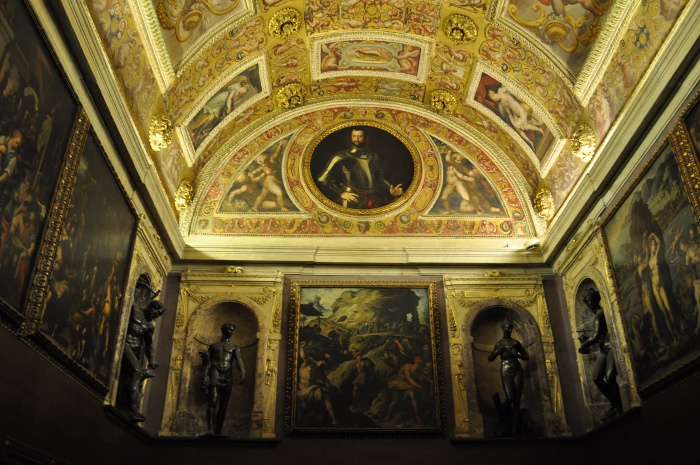


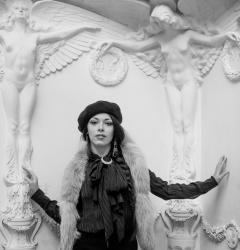
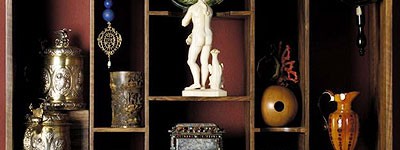
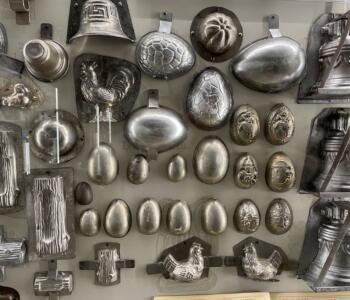
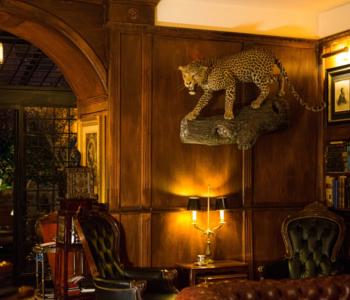
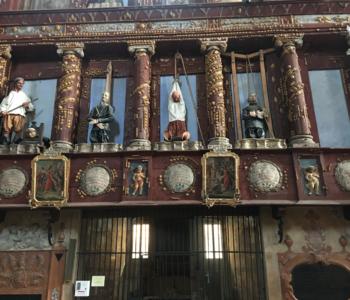
Trackbacks per le News